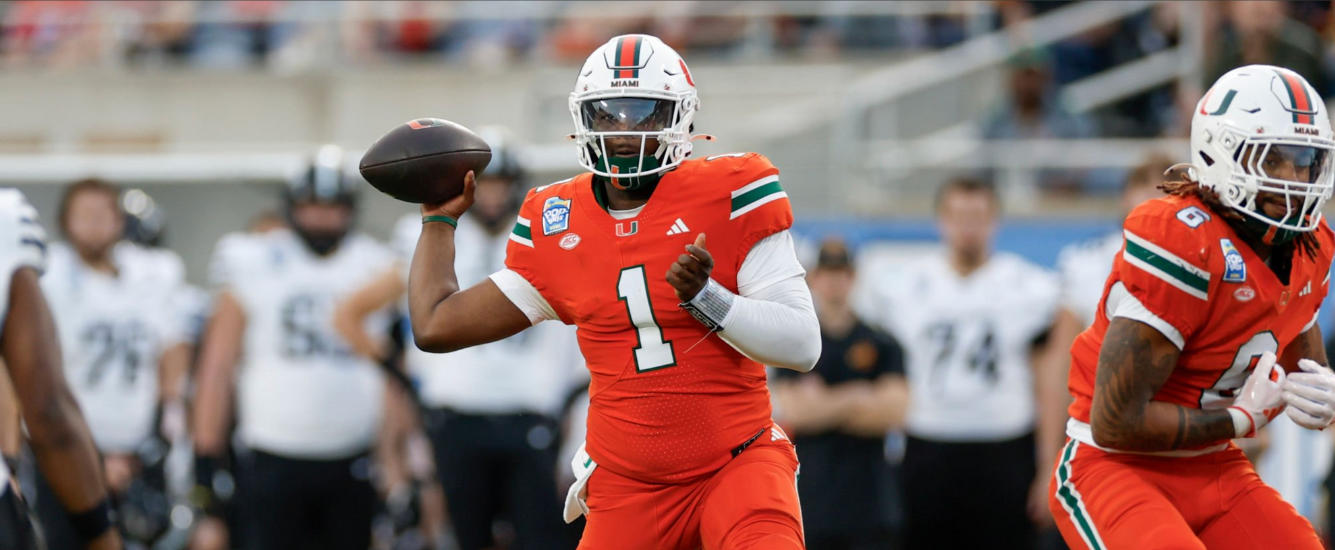I was lucky enough to be invited to participate in the Scott Fish Bowl Tournament again this year. If you are not familiar, it is a massive charity tournament run by the great Scott Fish to raise money for charity. Among its various eccentricities, the unique scoring is always my favorite part of the tournament. This year it is effectively a half-PPR format with additional points for rushing and receiving first downs. One of Scott’s goals with this format is to create a really balanced and nuanced alternative to PPR as Hasan Rahim breaks down in his 2017 article. The fun side effect of this format is that no one does projections for first downs so you are totally in the dark without a great deal of leg work. In typical fashion, I decided to try and exploit this.
“Expected” First Downs
To be clear, I want to set some expectations for what I am doing here. When you see the term expected points that is referring to a procedure where you look at play-by-play data based on field position and assign an expected outcome to the play. By doing this, you are still only working with data that is available pre-snap to predict an outcome, thereby avoiding a principle called leakage in machine learning. That is not what I am doing here. I am working under the assumption that your projections were built properly and are already predicting what will happen. My goal is to transform your normal projections to include first downs.














